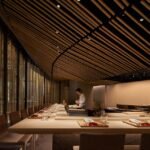[ad_1]
With the thaw of springtime, water trickles down the mountain and finds its way into bamboo fountains. Koi lie still along the bottom of the pond. An old man rotates a prayer wheel. Twin toddlers run down stepping stones on a day out with their grandmother. A woman looks up from her camera to watch a small green mejiro flutter through the branches. And dozens of people stop to admire as delicate pink plum blossoms dangle in the sunshine between earth and sky. People of all ages murmur and exclaim, “Kawaii!”
The inescapable allure of blossom-chasing is on full display as I wander in Hasedera Temple’s Four Seasons Garden in Kamakura. The temple, home to Kannon, the Japanese bodhisattva or Goddess of Mercy, is especially beloved by flower-chasers.
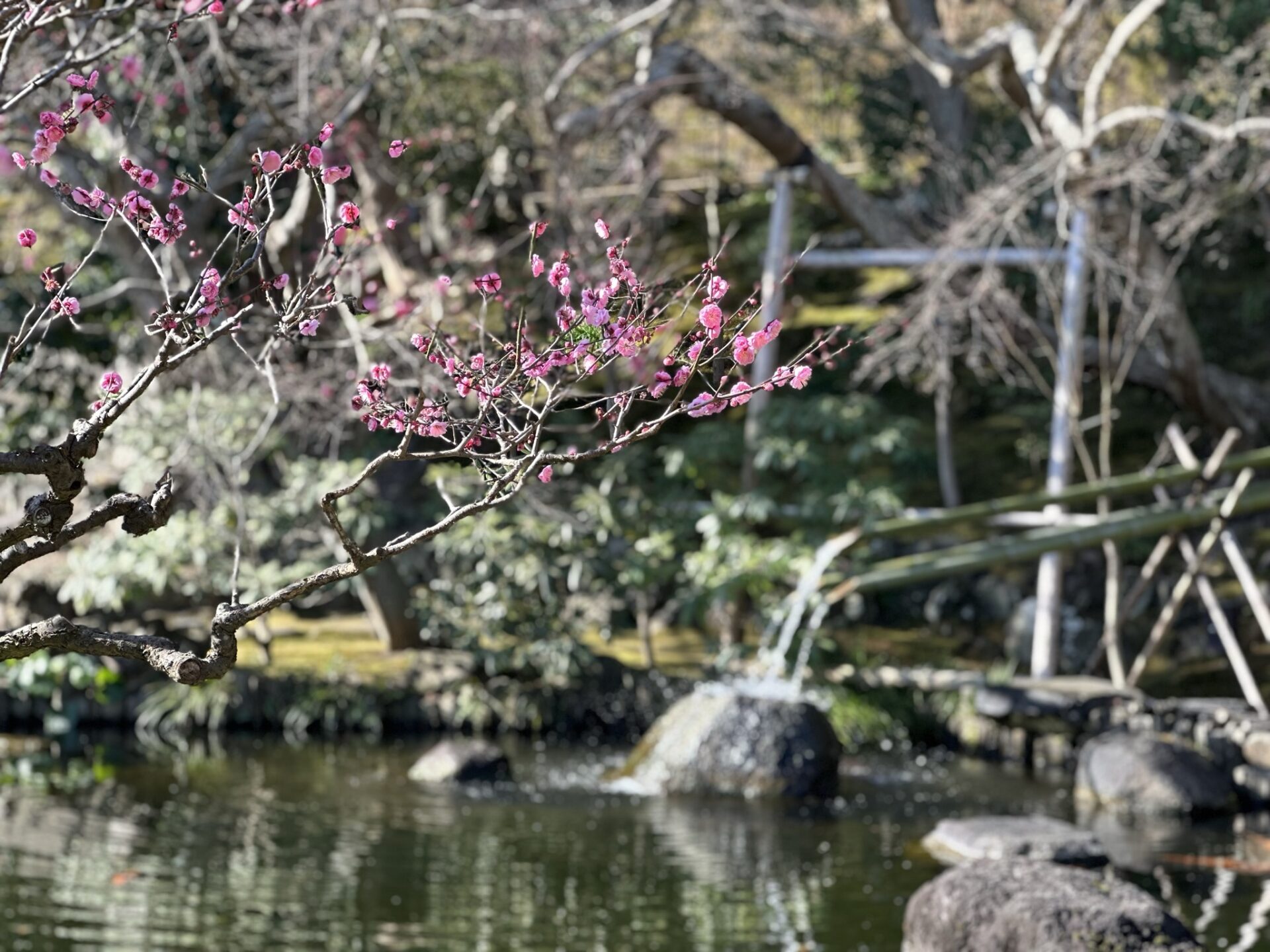
Only an hour by train from glossy Tokyo, on the coast of Kanagawa Prefecture, the ancient capital city of Kamakura is a separate world of mountains, peaceful hikes, shrines and temples. It’s also a must-visit for its rotating calendar of flowers: plum blossoms in February and March, followed by the iconic sakura – cherry blossoms – in March and April, and finally the underrated but equally stunning hydrangeas in May and June, which signal that the rainy season and summer are just around the corner.
All of Japan seems to pause and admire the sweet but fleeting moment when spring begins again
I follow other flower-chasers up Hasedera’s famous mountainside hydrangea path where temple gardeners are busy tending the bushes that will turn all shades of violet and blue in a few months. Hydrangeas are indigenous to Japan, where the rocky volcanic soil is chemically perfect to produce the bold colours in each of the thousands of tiny petals that make up the bowl-sized flowers. Established bushes can tower overhead, covered in lush green leaves and bobbing purple flowers. Akihiro Ishikawa, a particularly happy gardener, straightens up to look proudly at his work.
“It’s very happy for me!” he says. Ishikawa started 10 years ago as a temple groundskeeper and the monks soon recognised his love for flowers. Before long he was promoted to gardener, a job so well-suited it almost feels like a hobby. Now his handiwork delights thousands of people each June. Seeing their reactions is immensely satisfying, he explains. “Japanese people see a flower and feel the season.”
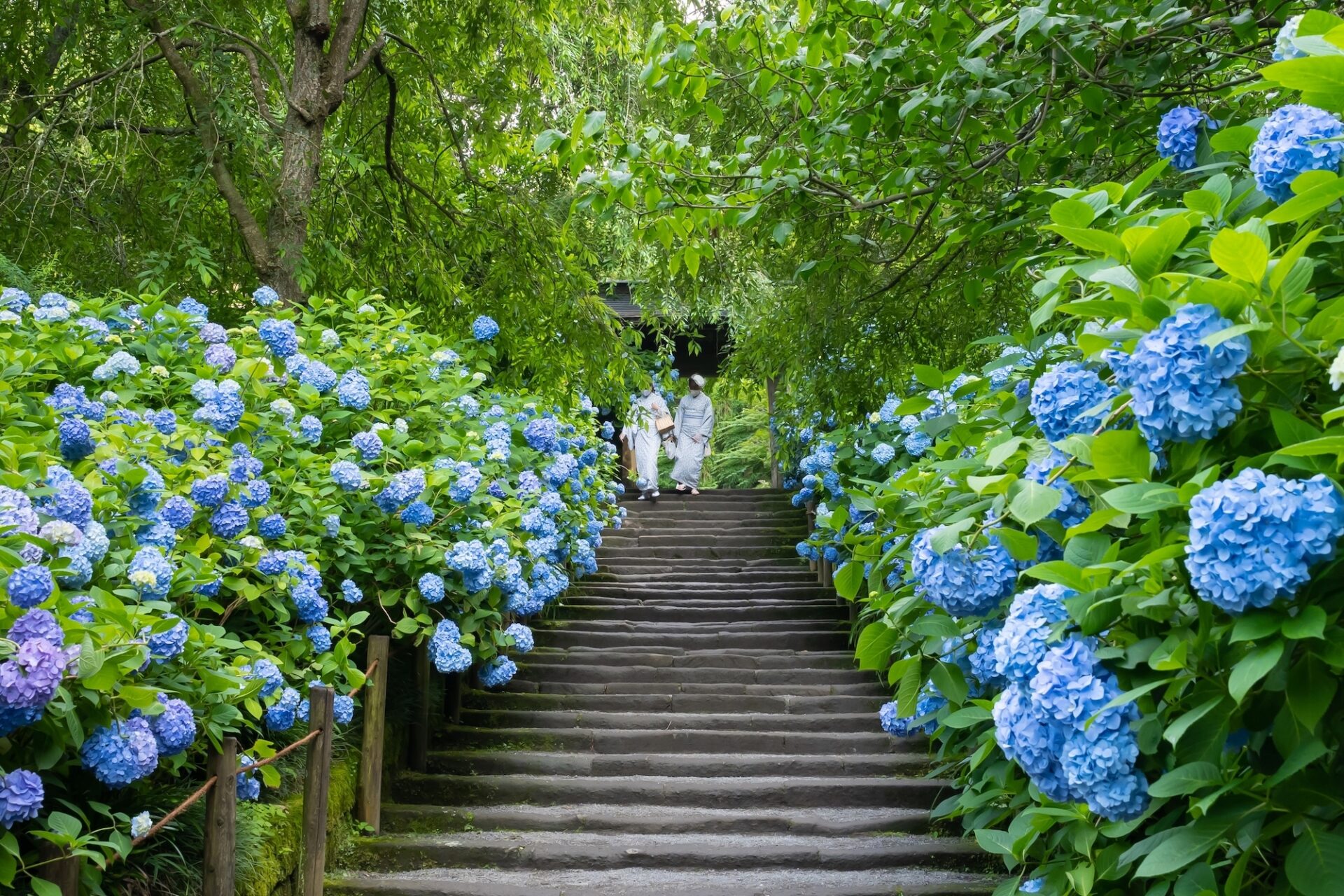
Tea and Zen among the hydrangeas
Locals and visitors to Japan notably go sakura-crazy every spring, but blossom enthusiasts don’t limit their flower-chasing to one brief window in March. Plum blossoms, daffodils, wisteria, irises, azaleas and hydrangeas all have near-cult followings with dedicated hiking routes, boat tours or paths designed for maximum flower appreciation during their respective blooming season. Daily news updates on what’s blooming are the norm.
Hydrangeas are especially popular in temples for their associations with gratitude and heartfelt emotion. Meigetsuin Temple, about an hour’s leisurely stroll from Hasedera, is particularly famous for them. It’s close to a popular hiking route that winds through half a dozen temples and shrines to end at Komachi-dori walking street.
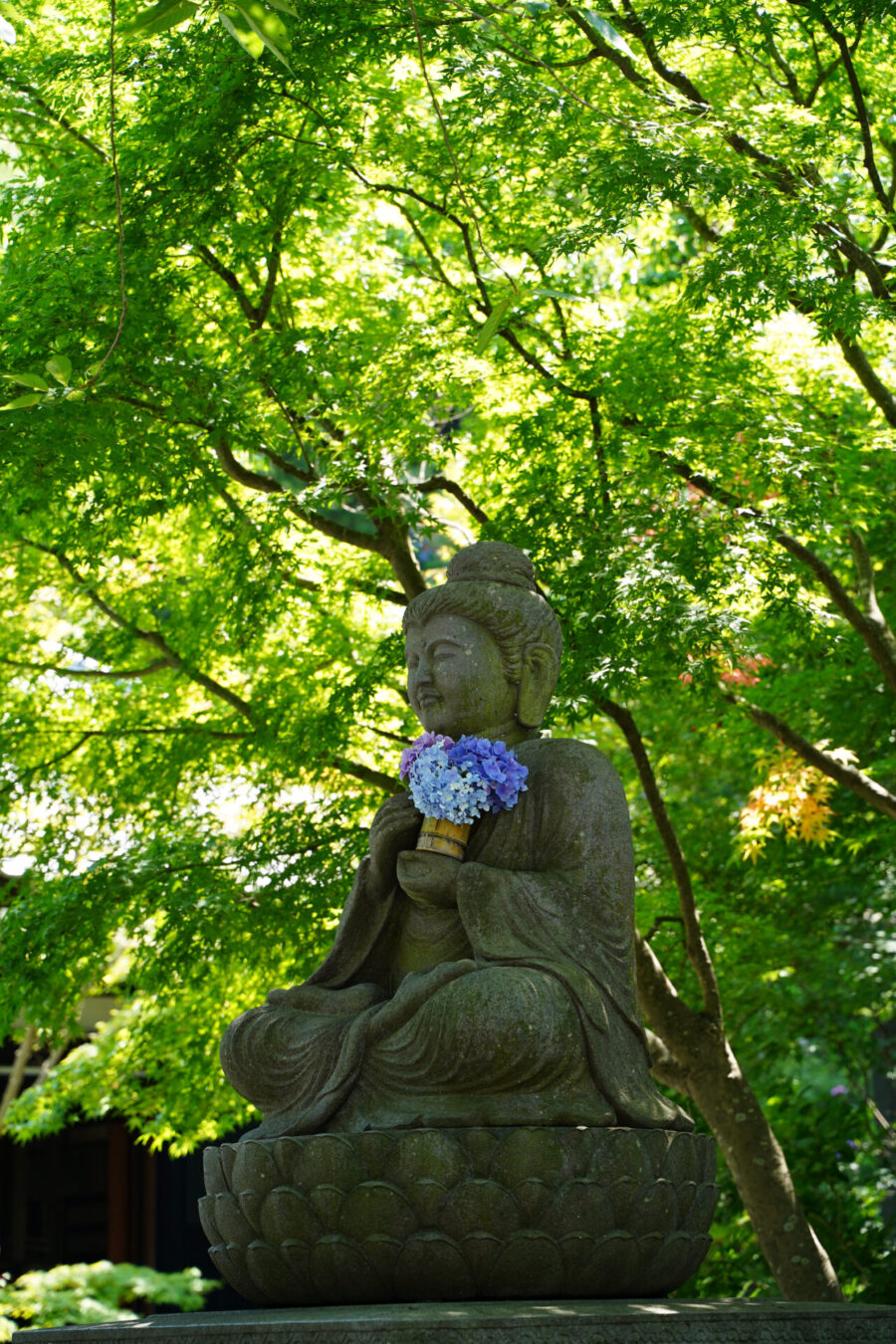
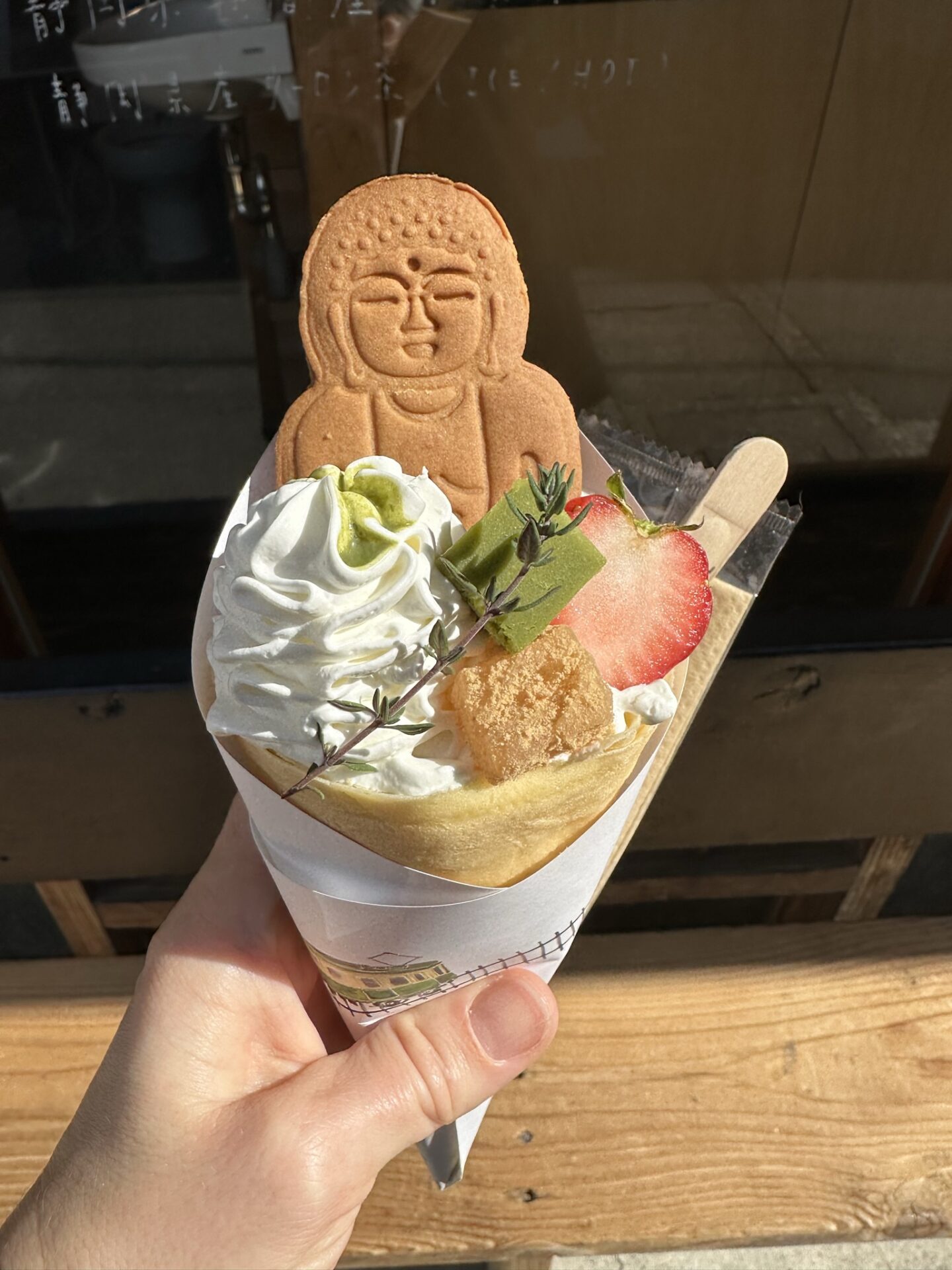
For Sumie Maruyama, a tea ceremony expert and instructor, Meigetsuin Temple is the ideal place in Kamakura to appreciate spring flowers – and the best way to do it is with a bowl of tea. To facilitate this contemplative practice, vermillion umbrellas often stand out against the soft pinks, greens and purples of temple gardens, marking places where tea can be enjoyed on tatami mats or benches.
Even spiritual newbies can pause to savour spring blossoms with a bowl of matcha, a drink which originates from the practice of Zen priests chewing tea leaves to stay awake during meditation. Japanese powdered green tea is dissolved into froth with a bamboo whisk and served with a small sweet. Holding the sweetness of sugar on the tongue to balance the bitterness of the tea is said to heighten one’s appreciation of this moment in time. That’s the philosophy of tea: ichi go, ichi e: one time, one meeting. It’s an invitation to appreciate this one moment because this day, this atmosphere, this bowl of tea can never happen again. It’s a sentiment that also underpins the practice of seeking out Japan’s seasonal blossoms. The sakura that is in its peak one day will blow away the next.
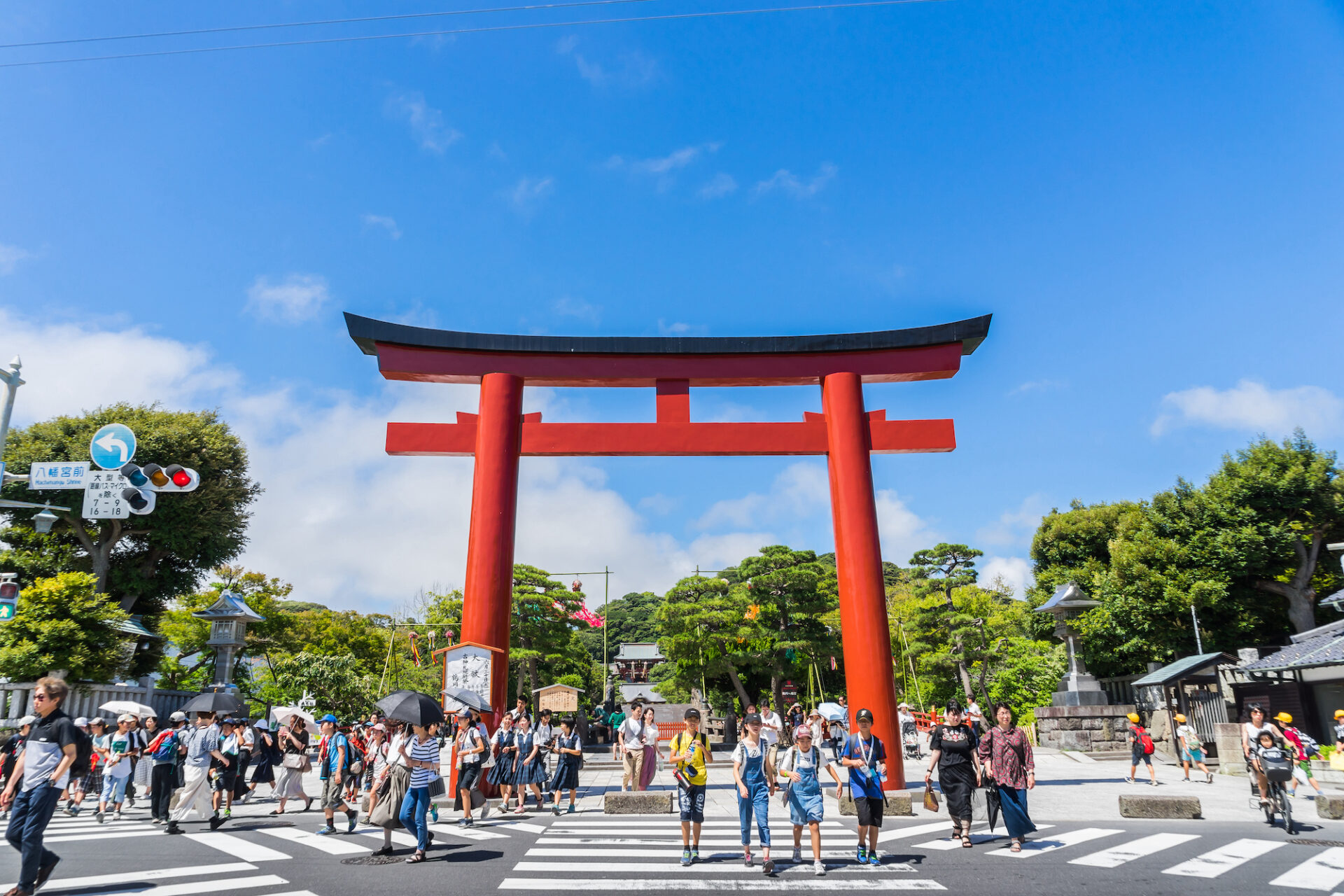
Both Zen Buddhism and chado, or tea ceremony, trace their roots in Japan to the rise of samurai political power in Kamakura. In 1192, the Imperial Court appointed samurai Minamoto no Yoritomo as the country’s military ruler, or shogun, beginning the Kamakura Shogunate. The city became a powerhouse of politics and culture in Japan, and samurai elevated their new status by developing chado and incorporating aspects of Zen – humility, peace and quietness – into their training.
“When you enjoy tea, you sit and wait to be served, just doing nothing,” says Maruyama, who comes from a samurai family. “Not walking, not taking pictures – that quiet moment. By sitting at that bench, relaxing, drinking tea, it makes it special, focusing on the beauty of the garden.”
The first whispers of sakura
I continue toward Kotoku-in Temple. It’s famous for its 33-meter outdoor seated Daibutsu, or Great Buddha of Kamakura, but the main draw in springtime is its grove of sweet-smelling cherry trees.
So light pink as to almost be white, cherry blossoms have five notched petals in a unique star shape. When the season comes, bare brown branches give way to a vague pinkness, then explode in pillowy blooms of soft pink. The flowers are most beautiful near the end, when the petals fall like snow, washing away in the rain, sticking to benches and signposts – but that’s all still a few weeks away.
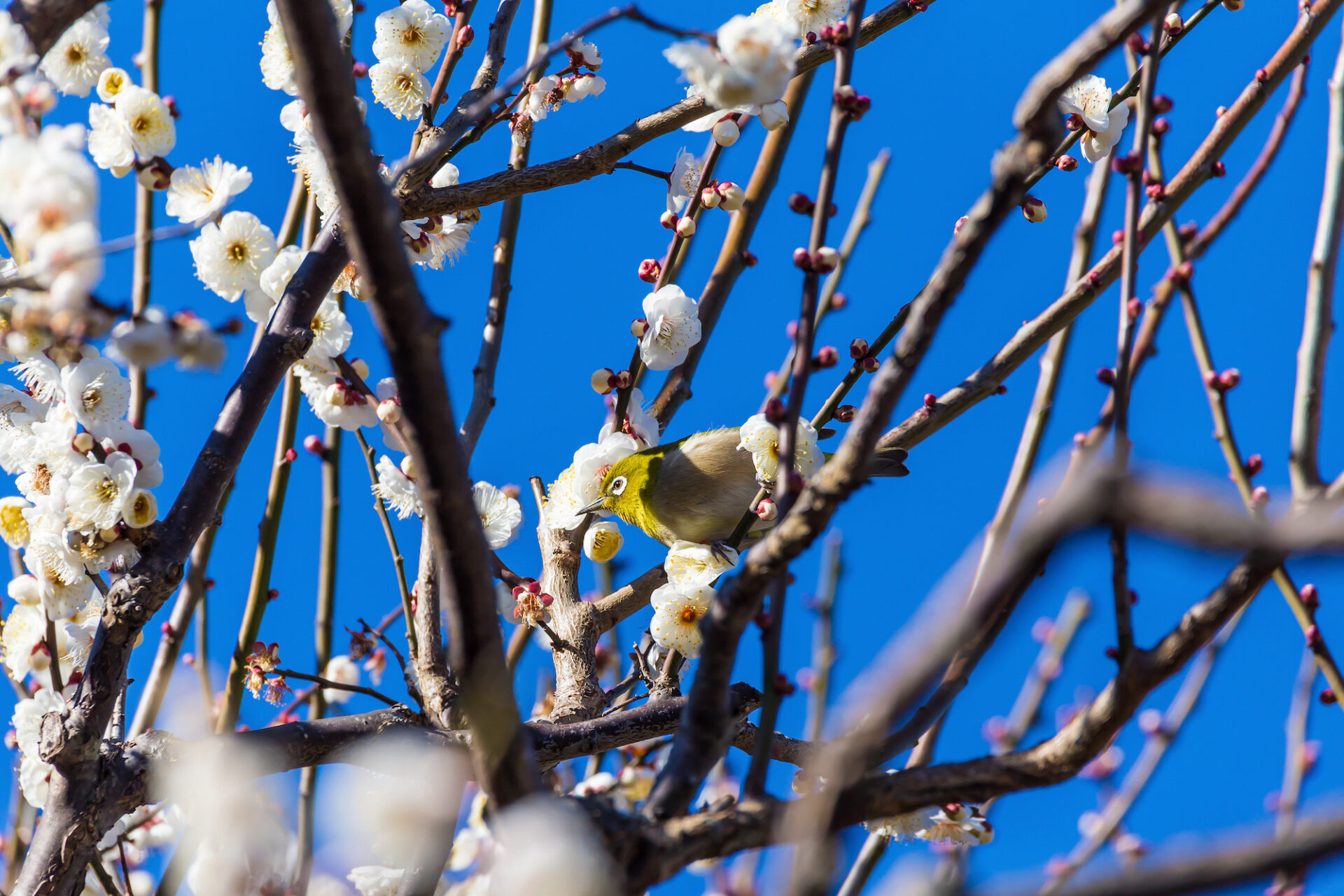
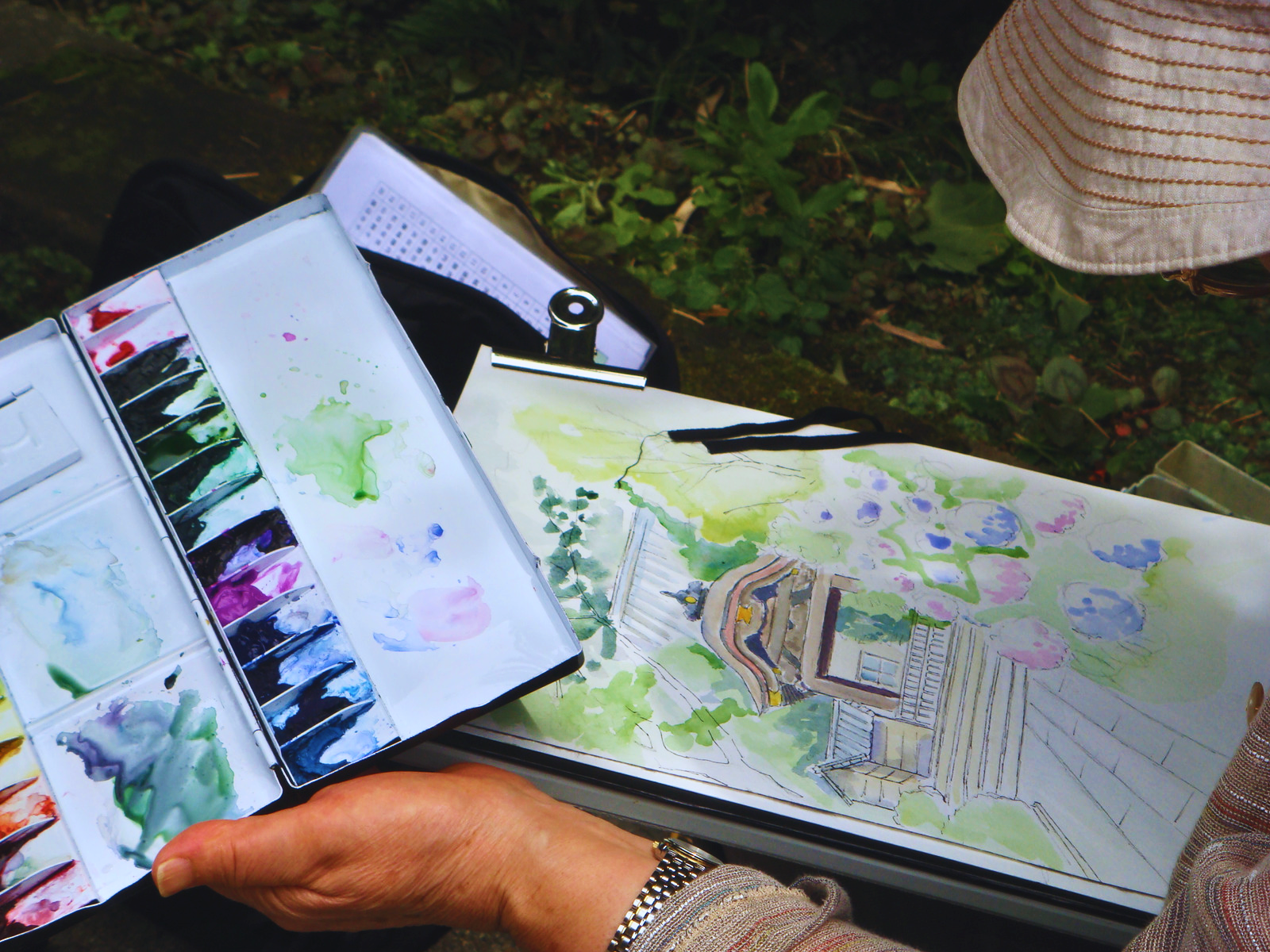
All this pondering leaves me hungry so I get a crêpe along the way at Kannon Coffee. The adorable handmade treats here vary with the season – of course – so I can enjoy the idea of delicate transience even at snacktime. Cubes of matcha mochi, crunchy cereal flakes, sweet cream and spring strawberries come wrapped in a delicate crepe topped with a cookie in the shape of the Daibutsu, garnished with a rosemary sprig.
Past the temple, I cross paths with hikers carrying daypacks and locals biking home from the market, but plenty of times I also find myself alone in the cool shade of the mountainside. Old stone steps rise into the forest and out of view. I wish I had time to follow every route, visit every garden and see every flower.
I end my walk at Kamakura Station, where cherry trees line the Dankazura, an elevated path bookended by crimson torii gates leading straight to Tsurugaoka Hachimangu Shrine. Lovely any time of year, it’s a breathtaking tree tunnel in April, when fathers carry children high on their shoulders among the blossoms, and all of Japan seems to pause and admire the sweet but fleeting moment when spring begins again.
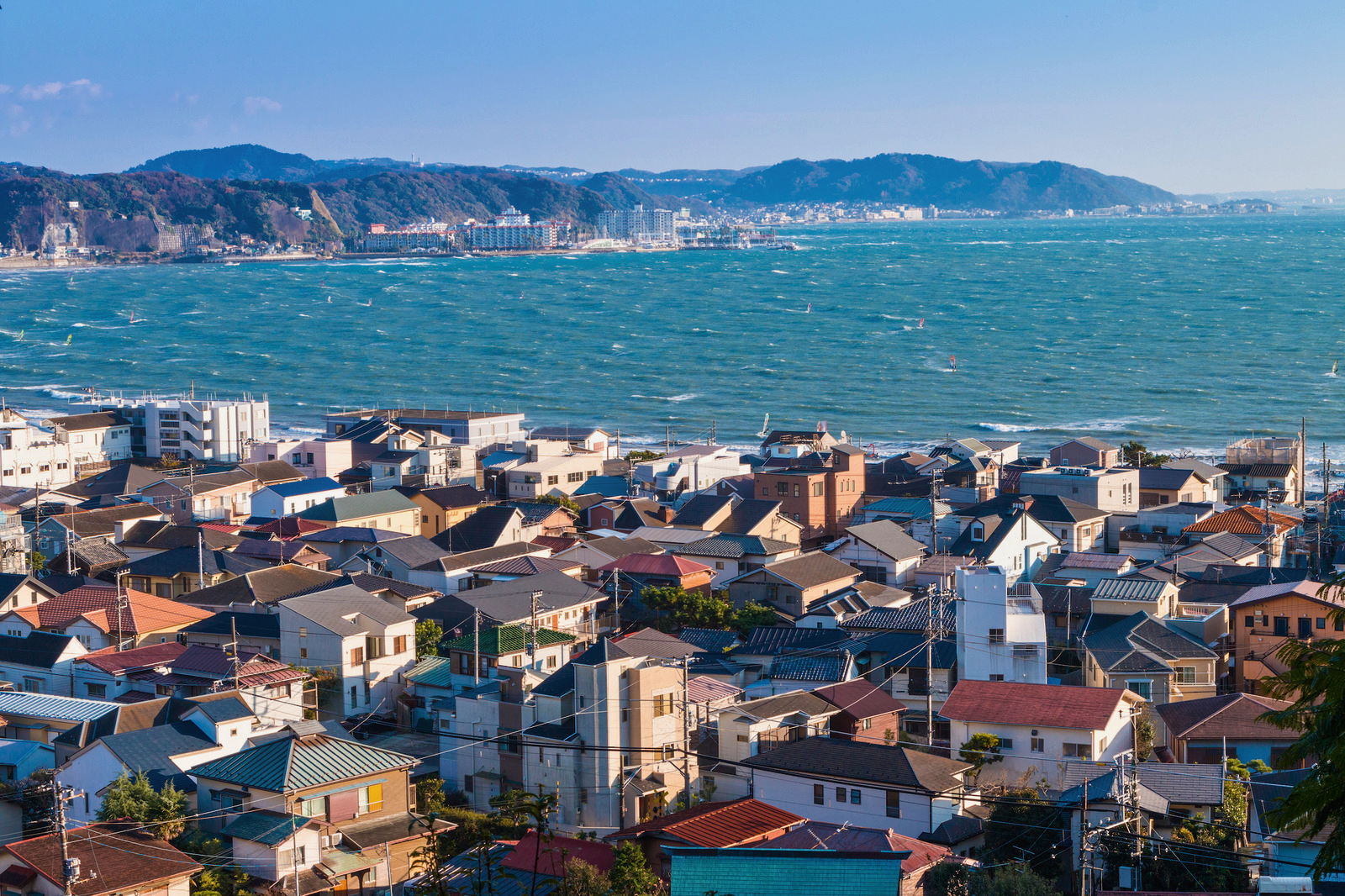
Visiting Kamakura
Kamakura is only an hour from Tokyo, but for the ultimate Japanese experience, consider spending a night or two by the sea.
Where to stay
Andaz Tokyo Toranomon Hills (1-23-4 Toranomon, Minato-ku, Tokyo 105-0001) is where you can enjoy cherry trees before you even get to Kamakura, especially if you book a stay in April. For two weeks only in the second half of the month, they have real cherry trees in bloom as part of their special Sakura Garden at the Rooftop Bar promotion. Perched 52 floors above the city, with fabulous views in every direction, the bar has been voted among the world’s best, and features their signature ’52’ sake. The hotel’s rooms are among the biggest of their kind in the city and – as a bonus – all feature a deep soaking bathtub, the better to rest up after being on your feet flower-chasing all day.
Modern Ryokan Kishi-Ke If you’re spending the night in Kamakura, this upscale Japanese guesthouse (21-5 Sakanoshita, Kamakura, Kanagawa 248-0021) offers packages for experiencing tea ceremony, practicing katana with a real sword and Buddhist cooking lessons.
Kamakura Rakuan offers simple Japanese-style accommodations at a budget-friendly price. Tucked away near the sea, this cosy spot only has room for 10 guests. 16-11 Sakanoshita, Kamakura, Kanagawa 248-0021
Where to eat
Kaikoan Cafe Located inside the Hasadera temple complex, this little eatery serves a modest selection of hot drinks, vegan Japanese curry rice, udon noodles and local Kamakura beer.
Kannon Coffee (3 Chome-10-29 Hase, Kamakura, Kanagawa 248-0016) should be your rest and refuel stop after a bit of sakura-viewing at Kotoku-in Temple. This whimsical and highly Instagrammable café offers elaborate sweet crepes, fruit drinks and top-notch pourover coffee.
Komachi-dori is a pedestrian street lined with shops selling Japanese handicrafts, local honey, matcha ice cream, coffee shops, all manner of street food and even an owl cafe.
Where to flower-chase
Hasedera Temple is one of Kamakura’s most beloved temples, famous for its centuries-old, 9m-tall wooden statue of Kannon, and for its stunning hydrangea path that is at its peak in June.
Build in the 12th century, Meigetsuin Temple is known locally as the Hydrangea Temple and is at its busiest in June – peak season for these delicate flowers – as well as autumn when the grounds are particularly stunning with turning leaves.
Kotoku-in Temple is home to the Great Buddha of Kamakura, a towering copper statue of Amida-Butsu sitting impressively in the open air – a particularly breathtaking image when the temple compounds many sakura trees are in full bloom.
Dankazura is Kamakura’s iconic elevated stone pathway, leading straight to Tsurugaoka Hachimangu Shrine, originally built as a prayer for the shogun’s wife when she was about to give birth. It’s great for sakura-viewing in the spring and azaleas in the early summer.
Singapore Airlines flies to several destinations in Japan, including Tokyo and Osaka. To book a flight or learn more, visit the official website.
[ad_2]









